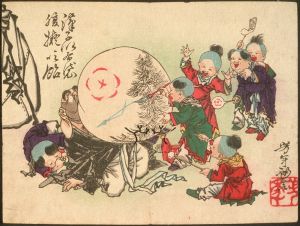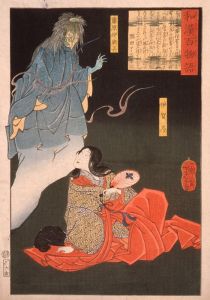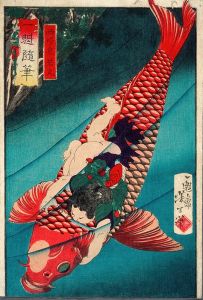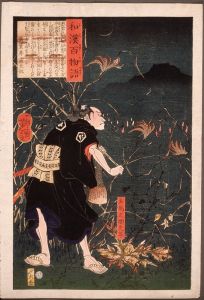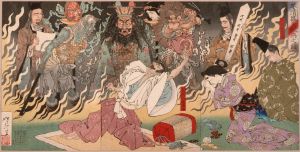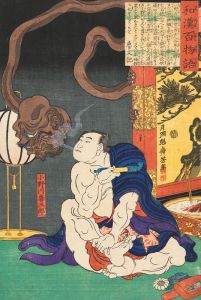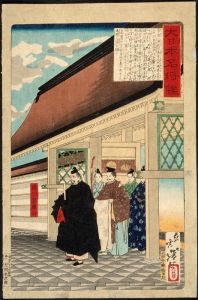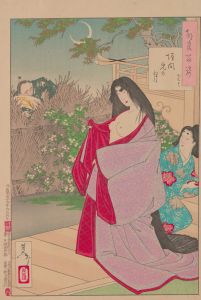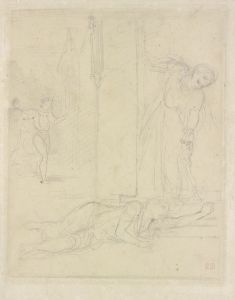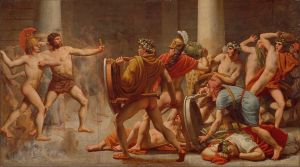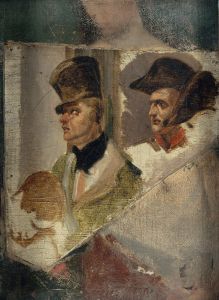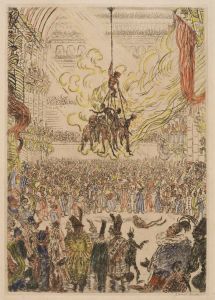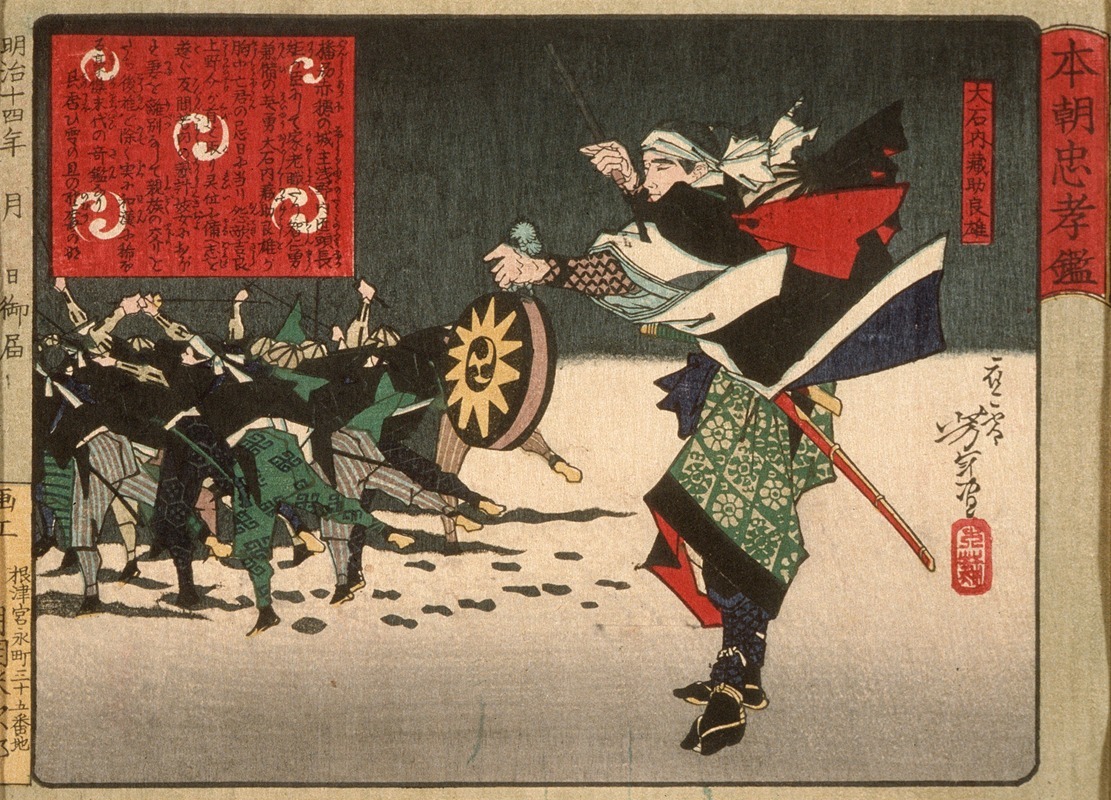
Ōishi Kuranosuke Yoshitaka, Leader of the Forty-Seven Loyal Retainers
A hand-painted replica of Tsukioka Yoshitoshi’s masterpiece Ōishi Kuranosuke Yoshitaka, Leader of the Forty-Seven Loyal Retainers, meticulously crafted by professional artists to capture the true essence of the original. Each piece is created with museum-quality canvas and rare mineral pigments, carefully painted by experienced artists with delicate brushstrokes and rich, layered colors to perfectly recreate the texture of the original artwork. Unlike machine-printed reproductions, this hand-painted version brings the painting to life, infused with the artist’s emotions and skill in every stroke. Whether for personal collection or home decoration, it instantly elevates the artistic atmosphere of any space.
Ōishi Kuranosuke Yoshitaka, Leader of the Forty-Seven Loyal Retainers, is a woodblock print by the renowned Japanese artist Tsukioka Yoshitoshi. This artwork is part of Yoshitoshi's series "Seichū gishi den" (Biographies of Loyal and Righteous Samurai), which was created between 1868 and 1869. The series consists of prints that depict the famous story of the Forty-Seven Rōnin, also known as the Akō incident, a historical event that took place in Japan at the beginning of the 18th century.
The story of the Forty-Seven Rōnin is one of the most celebrated tales in Japanese history, embodying the values of loyalty, sacrifice, and honor. It revolves around a group of samurai who became rōnin (masterless samurai) after their daimyō, Asano Naganori, was forced to commit seppuku (ritual suicide) for assaulting a court official named Kira Yoshinaka. The rōnin, led by Ōishi Kuranosuke, plotted for over a year to avenge their master's death. They successfully carried out their plan by killing Kira, after which they turned themselves in to the authorities and were ordered to commit seppuku, an act that was seen as honorable.
Yoshitoshi's print captures the essence of Ōishi Kuranosuke, the leader of the rōnin, who is often depicted as a figure of great resolve and leadership. In the print, Ōishi is portrayed with a calm and determined expression, emphasizing his role as the mastermind behind the rōnin's quest for vengeance. Yoshitoshi's use of color and detail in the print reflects the ukiyo-e style, which was popular during the Edo period and is characterized by its focus on subjects from history, folklore, and the theater.
Ōishi Kuranosuke's depiction in Yoshitoshi's work is significant not only for its artistic merit but also for its cultural and historical importance. The story of the Forty-Seven Rōnin has been retold in numerous forms, including kabuki plays, films, and literature, and remains a powerful symbol of samurai ethics and the bushidō code. Yoshitoshi's series, including the print of Ōishi, contributes to the visual narrative of this legendary tale, offering insight into the values and aesthetics of the time.
Tsukioka Yoshitoshi (1839–1892) was a prominent artist of the late Edo and early Meiji periods, known for his innovative approach to traditional woodblock printing. He is often credited with revitalizing the ukiyo-e genre during a time when it was in decline due to the introduction of Western art forms and technologies. Yoshitoshi's work is characterized by its dynamic compositions, vivid colors, and psychological depth, which are evident in his portrayal of Ōishi Kuranosuke.
In summary, Ōishi Kuranosuke Yoshitaka, Leader of the Forty-Seven Loyal Retainers by Tsukioka Yoshitoshi, is a significant work that captures the spirit of one of Japan's most enduring legends. Through his masterful use of the ukiyo-e style, Yoshitoshi not only commemorates the historical figure of Ōishi Kuranosuke but also preserves the cultural legacy of the Forty-Seven Rōnin for future generations.






